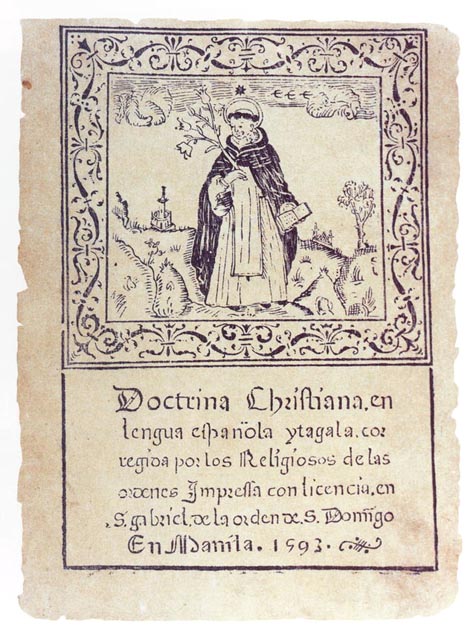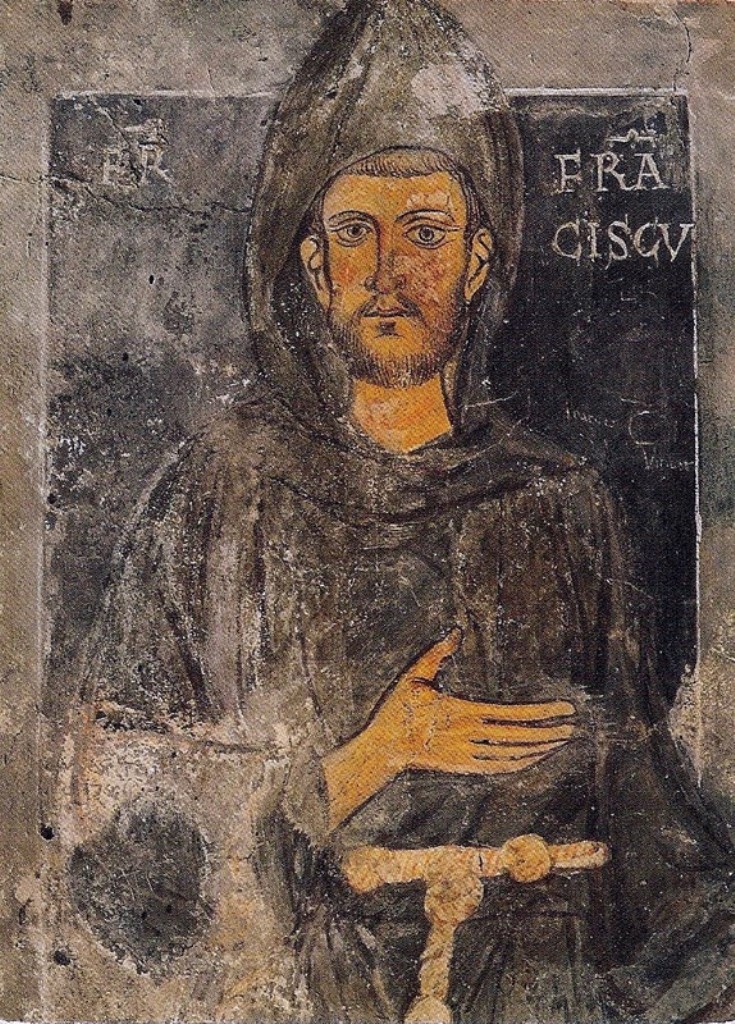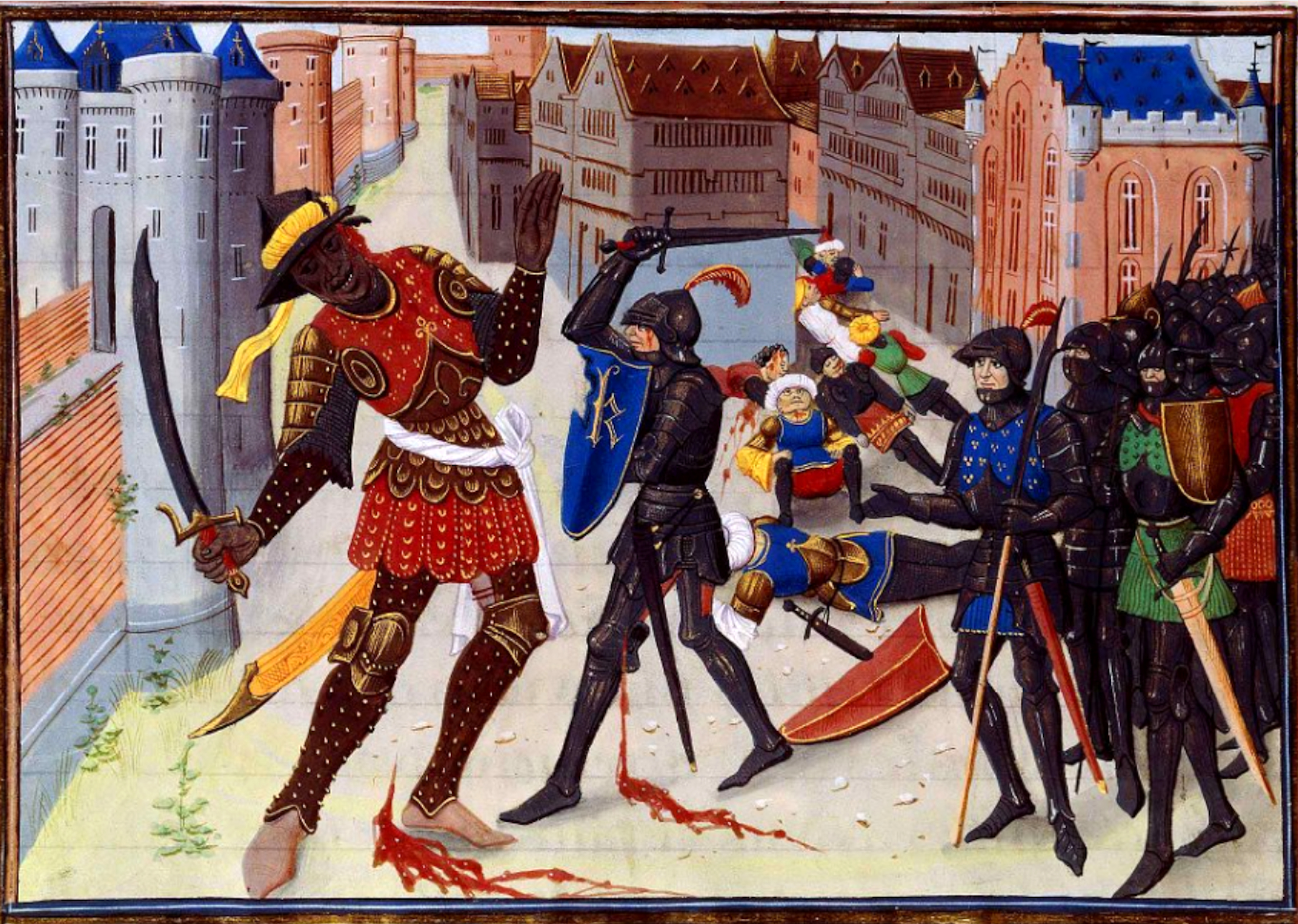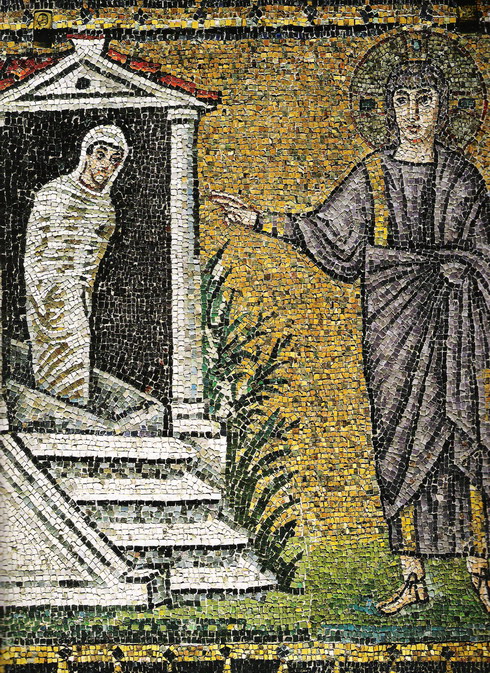|
Aix Cathedral
Aix Cathedral () in Aix-en-Provence in southern France is a Roman Catholic church and the seat of the Archbishop of Aix-en-Provence and Arles. The cathedral is built on the site of the 1st-century Roman forum of Aix. Built and re-built from the 12th until the 19th century, it includes Romanesque, Gothic and Neo-Gothic elements, as well as Roman columns and parts of the baptistery from a 6th-century Christian church. It is a national monument of France. Origin of the cathedral The cathedral is located on the route of the Roman road, the Via Aurelia. A fragment of a Roman wall and the columns of the baptistery seem to be the origin of the legend that the church was built on top of a Roman temple dedicated to Apollo. The historian Scholastique Pitton (1668) claimed that the temple had been dedicated to a sun god, basing his claim upon the discovery of the leg of a statue uncovered at the site. According to the Christian tradition, the first church on the site was founded by S ... [...More Info...] [...Related Items...] OR: [Wikipedia] [Google] [Baidu] |
Aix-en-Provence
Aix-en-Provence, or simply Aix, is a List of communes in France with over 20,000 inhabitants, city and Communes of France, commune in southern France, about north of Marseille. A former capital of Provence, it is the Subprefectures in France, subprefecture of the arrondissement of Aix-en-Provence, in the department of Bouches-du-Rhône, in the region of Provence-Alpes-Côte d'Azur. The population of Aix-en-Provence is approximately 145,000. Its inhabitants are called ''Aixois'' or, less commonly, ''Aquisextains''. History Aix (''Aquae Sextiae'') was founded in 123 BC by the Roman consul Gaius Sextius Calvinus, Sextius Calvinus, who gave his name to its springs, following the destruction of the nearby Gauls, Gallic oppidum at Entremont (oppidum), Entremont. In 102 BC its vicinity was the scene of the Battle of Aquae Sextiae, where the Romans under Gaius Marius defeated the Ambrones and Teutones, with mass suicides among the captured women, which passed into Roman legends of ... [...More Info...] [...Related Items...] OR: [Wikipedia] [Google] [Baidu] |
Scholastique Pitton
Jean Scholastique Pitton (18 December 1621 – 21 February 1689) was a French writer and historian. Biography Jean Scholastique Pitton was born in Aix-en-Provence on 18 December 1621. At a young age he decided to become a doctor, and he pursued this occupation in Saint-Chamas, Bouches-du-Rhône. However his passion for history made him neglect his patients. Pitton wanted to become a historian, following in this the model of the Aix historian Honoré Bouche whose reputation he envied. Although he admired Bouche, he never ceased "to decry him or to bite him." After the death of his second wife, Pitton requested a dispensation from Rome to take holy orders. He obtained it the day he married his third wife. He was the author of a '' History of the city of Aix '' (1666), considered of some usefulness by his successors, although badly ordered and badly written. His later writings received better reviews. He died in Aix-en-Provence on 21 February 1698. Bibliography Works by Pitt ... [...More Info...] [...Related Items...] OR: [Wikipedia] [Google] [Baidu] |
Augustinians
Augustinians are members of several religious orders that follow the Rule of Saint Augustine, written about 400 A.D. by Augustine of Hippo. There are two distinct types of Augustinians in Catholic religious orders dating back to the 12th–13th centuries: * Various congregations of Canons Regular also follow the Rule of Saint Augustine, embrace the evangelical counsels and lead a semi-monastic life, while remaining committed to pastoral care appropriate to their primary vocation as priests. They generally form one large community which might serve parishes in the vicinity, and are organized into autonomous congregations. * Several orders of friars who live a mixed religious life of contemplation and apostolic ministry. The largest and most familiar is the Order of Saint Augustine (OSA), founded in 1244 and originally known as the Hermits of Saint Augustine (OESA). They are commonly known as the Austin Friars in England. Two other orders, the Order of Augustinian Recollects ... [...More Info...] [...Related Items...] OR: [Wikipedia] [Google] [Baidu] |
Carmelites
The Order of the Brothers of the Blessed Virgin Mary of Mount Carmel (; abbreviated OCarm), known as the Carmelites or sometimes by synecdoche known simply as Carmel, is a mendicant order in the Catholic Church for both men and women. Historical records about its origin remain uncertain; it was probably founded in the 12th century on Mount Carmel in the Holy Land. Names The Order of the Brothers of the Blessed Virgin Mary of Mount Carmel are also known simply as the Carmelites or the Carmelite Order. To differentiate themselves from the Discalced Carmelites (founded in 1562), who grew out of the older order but today have more members, the original Carmelites are sometimes known as the Carmelites of the Ancient Observance and very rarely the Calced Carmelites ( discalced being a reference to some religious orders going barefoot or wearing sandals instead of shoes). History Historical records about its origin remain uncertain, but the order was probably founded in the 12th c ... [...More Info...] [...Related Items...] OR: [Wikipedia] [Google] [Baidu] |
Dominican Order
The Order of Preachers (, abbreviated OP), commonly known as the Dominican Order, is a Catholic Church, Catholic mendicant order of pontifical right that was founded in France by a Castilians, Castilian priest named Saint Dominic, Dominic de Guzmán. It was approved by Pope Honorius III via the papal bull on 22 December 1216. Members of the order, who are referred to as Dominicans, generally display the letters ''OP'' after their names, standing for , meaning 'of the Order of Preachers'. Membership in the order includes friars, nuns, Religious sister (Catholic), active sisters, and Laity, lay or secular Dominicans (formerly known as Third Order of Saint Dominic, tertiaries). More recently, there have been a growing number of associates of the religious sisters who are unrelated to the tertiaries. Founded to preach the The gospel, gospel and to oppose heresy, the teaching activity of the order and its scholastic organisation placed it at the forefront of the intellectual life of ... [...More Info...] [...Related Items...] OR: [Wikipedia] [Google] [Baidu] |
Franciscans
The Franciscans are a group of related organizations in the Catholic Church, founded or inspired by the Italian saint Francis of Assisi. They include three independent religious orders for men (the Order of Friars Minor being the largest contemporary male order), an order for nuns known as the Order of Saint Clare, and the Third Order of Saint Francis, a religious and secular group open to male and female members. Franciscans adhere to the teachings and spiritual disciplines of the founder and of his main associates and followers, such as Clare of Assisi, Anthony of Padua, and Elizabeth of Hungary. Several smaller Protestant Franciscan orders have been established since the late 19th century as well, particularly in the Lutheran and Anglican traditions. Certain Franciscan communities are ecumenical in nature, having members who belong to several Christian denominations. Francis began preaching around 1207 and traveled to Rome to seek approval from Pope Innocent I ... [...More Info...] [...Related Items...] OR: [Wikipedia] [Google] [Baidu] |
Chevet
In architecture, an apse (: apses; from Latin , 'arch, vault'; from Ancient Greek , , 'arch'; sometimes written apsis; : apsides) is a semicircular recess covered with a hemispherical vault or semi-dome, also known as an '' exedra''. In Byzantine, Romanesque architecture, Romanesque, and Gothic architecture, Gothic Architecture of cathedrals and great churches, Christian church architecture, church (including cathedral and abbey) architecture Architecture is the art and technique of designing and building, as distinguished from the skills associated with construction. It is both the process and the product of sketching, conceiving, planning, designing, and construction, constructi ..., the term is applied to a semi-circular or polygonal termination of the main building at the liturgical east and west, liturgical east end (where the altar is), regardless of the shape of the roof, which may be flat, sloping, domed, or hemispherical. Smaller apses are found elsewhere, espec ... [...More Info...] [...Related Items...] OR: [Wikipedia] [Google] [Baidu] |
Canon (priest)
Canon () is a Christian title usually used to refer to a member of certain bodies in subject to an ecclesiastical rule. Originally, a canon was a cleric living with others in a clergy house or, later, in one of the houses within the precinct of or close to a cathedral or other major church and conducting his life according to the customary discipline or rules of the church. This way of life grew common (and is first documented) in the 8th century AD. In the 11th century, some churches required clergy thus living together to adopt the rule first proposed by Saint Augustine that they renounce private wealth. Those who embraced this change were known as Augustinians or Canons Regular, whilst those who did not were known as secular canons. Secular canons Latin Church In the Latin Church, canons are the members of a chapter, that is a body of senior clergy overseeing either a cathedral (a cathedral chapter) or a collegiate church. Depending on the title of the church, several lan ... [...More Info...] [...Related Items...] OR: [Wikipedia] [Google] [Baidu] |
Aix - Sculpture Cloître
Aix or AIX may refer to: Computing * AIX, a line of IBM computer operating systems *Alternate index, for an IBM Virtual Storage Access Method key-sequenced data set * Athens Internet Exchange, a European Internet exchange point Places Belgium * Aix-sur-Cloie, in Wallonia France *Aix-en-Provence, in the Bouches-du-Rhône department * Aix, Corrèze * Aix-en-Diois, in the Drôme department * Aix-en-Ergny, in the Pas-de-Calais department * Aix-en-Issart, in the Pas-de-Calais department * Aix-en-Othe, in the Aube department * Aix-en-Pévèle, in the Nord department * Aix-la-Fayette, in the Puy-de-Dôme department *Aix-les-Bains, in the Savoie department * Aix-Noulette, in the Pas-de-Calais department * Aixe-sur-Vienne, in the Haute-Vienne department *Île-d'Aix, island and commune of the Charente-Maritime department Germany * Aix-la-Chapelle, or Aachen United States * Aix, Indiana * Mount Aix, in Washington state Other uses * Air India Express Air India Express is ... [...More Info...] [...Related Items...] OR: [Wikipedia] [Google] [Baidu] |
Saracens
file:Erhard Reuwich Sarazenen 1486.png, upright 1.5, Late 15th-century History of Germany, German woodcut depicting Saracens ''Saracen'' ( ) was a term used both in Greek language, Greek and Latin writings between the 5th and 15th centuries to refer to the people who lived in and near what was designated by the Roman Empire, Romans as Arabia Petraea and Arabia Deserta. The term's meaning evolved during its history of usage. During the Early Middle Ages, the term came to be associated with the tribes of Arabia. The oldest known source mentioning "Saracens" in relation to Islam dates back to the 7th century, in the Greek-language Christian tract ''Doctrina Jacobi''. Among other major events, the tract discusses the Muslim conquest of the Levant, which occurred after the rise of the Rashidun Caliphate following the death of the Islamic prophet Muhammad. The Roman Catholic Church and European Christian leaders used the term during the Middle Ages to refer to Muslims. By the 12th ... [...More Info...] [...Related Items...] OR: [Wikipedia] [Google] [Baidu] |
Lazarus Of Bethany
Lazarus of Bethany is a figure of the New Testament whose life is restored by Jesus four days after his death, as told in the Gospel of John. The resurrection is considered one of the miracles of Jesus. In the Eastern Orthodox Church, Lazarus is Veneration, venerated as Righteous Lazarus, the Four-Days Dead. The Eastern Orthodox and Catholic Church, Catholic traditions offer varying accounts of the later events of his life. In the context of the Book of Signs, seven signs in the Gospel of John, the raising of Lazarus at Bethany – today the town of Al-Eizariya in the West Bank, which translates to "the place of Lazarus" – is the climactic narrative: exemplifying the power of Jesus "over the last and most irresistible enemy of humanity: death. For this reason, it is given a prominent place in the gospel." The name ''Lazarus'' is frequently used in science and popular culture in reference to apparent restoration to life; for example, the scientific term Lazarus taxon denotes o ... [...More Info...] [...Related Items...] OR: [Wikipedia] [Google] [Baidu] |
Mary Magdalene
Mary Magdalene (sometimes called Mary of Magdala, or simply the Magdalene or the Madeleine) was a woman who, according to the four canonical gospels, traveled with Jesus as one of his followers and was a witness to crucifixion of Jesus, his crucifixion and Resurrection of Jesus, resurrection. In Gnosticism, Gnostic writings, Mary Magdalene is depicted as Jesus’s closest disciple who uniquely understood his teachings, causing tension with Saint Peter, Peter, and is honored as the “apostle to the apostles.” Mary Magdalene was a historical figure, possibly from Magdala. She was a prominent follower of Jesus who was believed to have been healed by him, supported his ministry financially, and was present at his Crucifixion of Jesus, crucifixion and burial. She played a key role among his female disciples. Overall, there is limited information about her life. Speculations about Mary Magdalene range from scholarly theories that she was the “disciple whom Jesus loved” in the ... [...More Info...] [...Related Items...] OR: [Wikipedia] [Google] [Baidu] |









